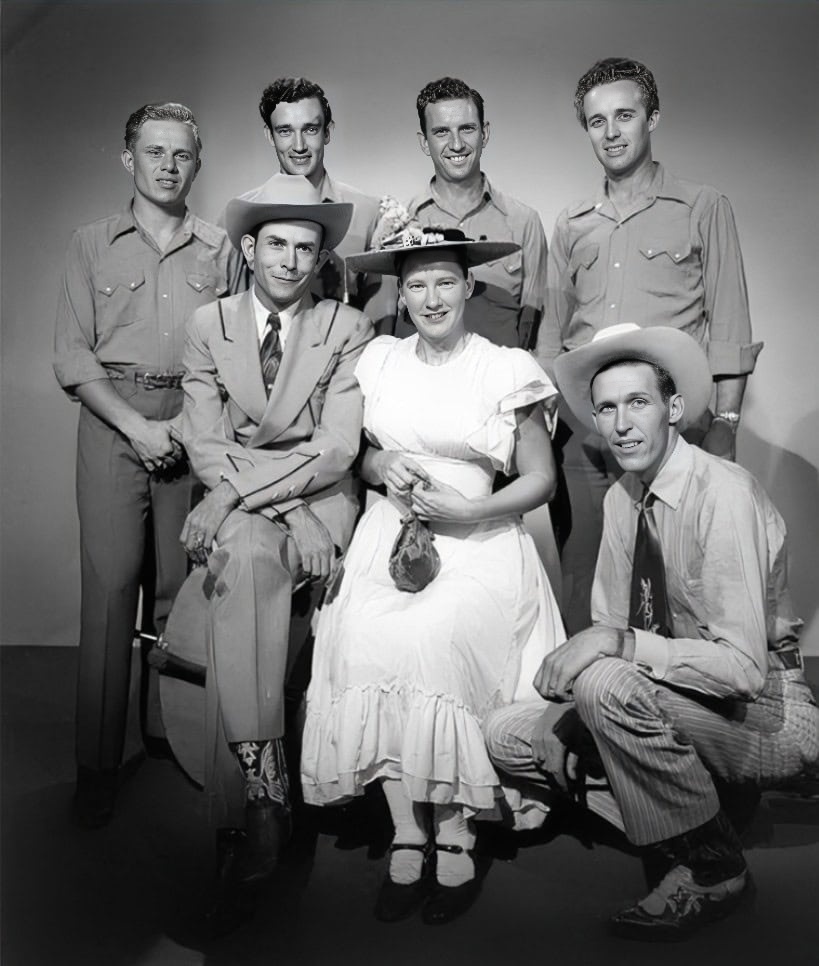
Hank Williams, born Hiram King Williams in 1923, stands as a titan in country music, an icon whose short but influential career shaped the genre’s sound and songwriting. He possessed a raw, emotive voice and penned lyrics that tapped into the heart of human experience, grappling with love, loss, loneliness, and faith. Despite his untimely death at age 29, Williams left behind a legacy of timeless classics, earning him posthumous inductions into the Country Music Hall of Fame, the Songwriters Hall of Fame, and the Rock and Roll Hall of Fame. His impact on music transcends genre, inspiring countless artists across the spectrum.
Among his most enduring and poignant works is “(I’m So Lonesome I Could Cry,” released in 1949. The song isn’t just a country hit; it’s a masterpiece of melancholic storytelling. It explores the depths of despair and longing through evocative imagery of nature mirroring the singer’s inner turmoil. Similes like “the moon just went behind the clouds to hide its face and cry” paint a vivid picture of overwhelming sadness. The song resonated deeply with audiences, climbing the Billboard charts and becoming a signature tune for Williams.
“(I’m So Lonesome) I Could Cry” continues to captivate listeners decades later. Its universal themes of heartache and isolation transcend time and cultural boundaries. Many find solace and validation in the song’s raw honesty, connecting with the vulnerability expressed in Williams’ voice. Its enduring appeal is reflected in its countless covers by artists across genres, from Elvis Presley to Johnny Cash, highlighting its timeless power and influence on musical expression. The song remains a testament to Williams’ genius and his ability to capture the raw essence of human emotion through simple yet profound lyrics and a haunting melody.